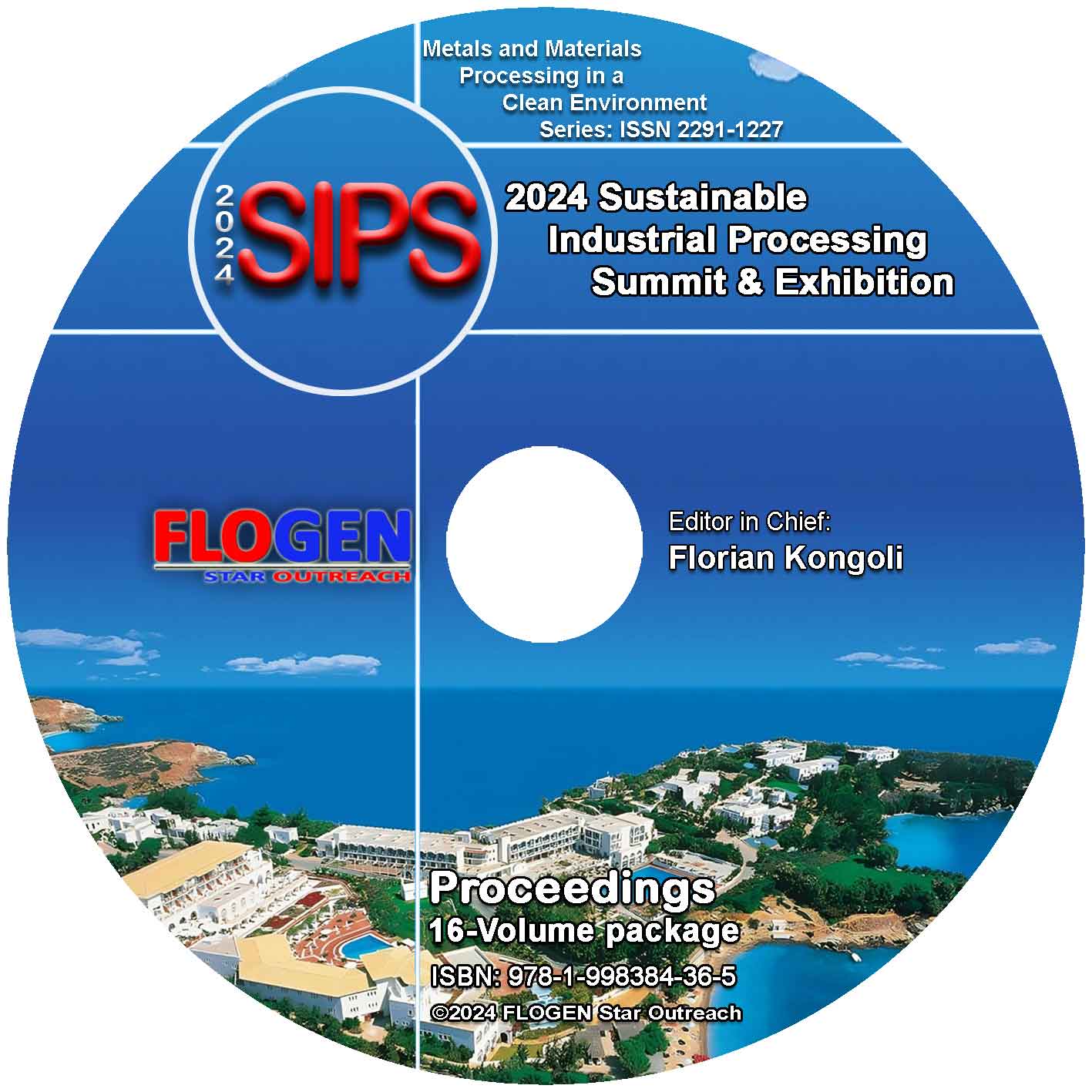2024 - Sustainable Industrial Processing Summit
SIPS 2024 Volume 1. Abe Intl. Symp. / Oxidative Stress and Technological Innovations in Medicine
| Editors: | F. Kongoli, H. Inufusa, T. Yoshikawa, C.A. Amatore, H-Y. Chen, W-H. Huang |
| Publisher: | Flogen Star OUTREACH |
| Publication date: | 23 December 2024 |
| Pages: | 218 pages |
| ISBN: | 978-1-998384-04-4 (CD) |
| ISSN: | 2291-1227 (Metals and Materials Processing in a Clean Environment Series) |

CD shopping page
HEPATITIS C: THE END OF THE BEGINNING AND POSSIBLY THE BEGINNING OF THE END
Harvey J. Alter1;1NATIONAL INSTITUTES OF HEALTH, Bethesda, United States;
Type of Paper: Regular
Id Paper: 435
Topic: 46
Abstract:
Prospective studies of transfusion-associated hepatitis (TAH) at the Clinical Center, NIH sequentially demonstrated the following: 1) inordinately high rates of TAH in heavily transfused open-heart surgery patients, exceeding 30% prior to 1970; 2) demonstration that the high risk was directly related to the donor source wherein paid donors represented a 7-fold higher risk than volunteer donors; 3) the combined implementation of an all-volunteer donor system and introduction of first-generation donor screening for hepatitis B surface antigen resulted in a 70% reduction in TAH; 4) the discovery that most cases of TAH were unrelated to the hepatitis A or B viruses, leading to the designation non-A, non-B hepatitis (NANBH); 5) liver biopsy evidence that NANBH could lead to cirrhosis and liver-related death; 6) proof that the agent of NANBH and the cloned hepatitis C virus (HCV) were identical; 7) demonstration that the introduction of donor screening for antibody to HCV combined with less volumes of transfused blood could virtually eradicate TAH as documented from 1997-2010. Additional studies showed that that the common persistence of HCV was predominantly due the hypervariability of the agent (viral quasispecies) and an inadequate T cell immune response. It also became clear that chronic HCV infection and cirrhosis were associated with, and a major cause of, hepatocellular carcinoma. The introduction of HCV-specific direct acting antivirals in 2014 has revealed that 95%-100% of chronic HCV infection is curable with an 8-12 week course of oral therapy with virtually no significant side effects. We are thus at a point where a test-and-treat strategy could eliminate HCV infection on a global scale. That such is possible has already been demonstrated in Egypt where over 60,000,000 were tested and over 2 million cured after being found HCV-infected.